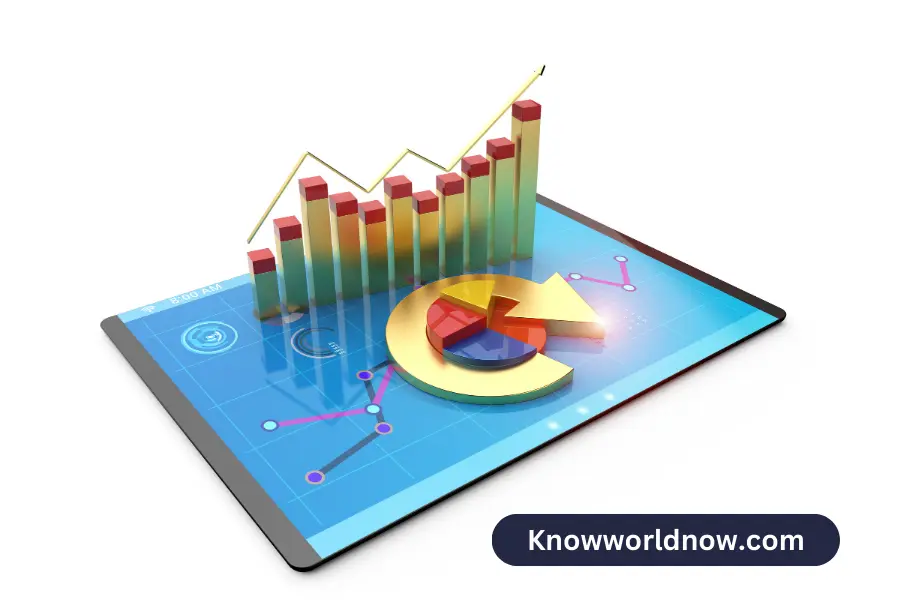As a savvy investor or trader, you know all too well the exhilaration of riding high on a bull run and the anxiety of weathering a bearish downturn. Commodity markets can be a rollercoaster, but don’t worry – with the right strategies and mindset, you can ride these waves like a pro.
In this guide, we’ll explore some valuable tips to help you navigate the unpredictable tides of commodity markets, stay afloat, and thrive.
Diversify Your Portfolio
Diversification is the golden rule of investing, and it applies just as much to commodity markets as it does to stocks and bonds. Avoid the common mistake of going all-in on a single commodity.
Instead, spread your investments across various commodities, such as gold, oil, wheat, and soybeans, to name a few. This will help minimize your risk exposure and protect your capital from severe market swings.
Stay Informed
Keeping yourself informed about market trends and news is crucial. The commodity markets are heavily influenced by global events, geopolitical developments, and even natural disasters.
Set up news alerts, follow expert analysis such as the Cordier Commodity Report, and join online communities to stay updated with the latest information. The more you know, the better you can anticipate market movements and make informed decisions.
Risk Management
Trading in commodity markets can be highly rewarding, but it’s not without risks. Always prioritize risk management. Set clear stop-loss levels to limit potential losses and never invest more than you can afford to lose.
Keep a cool head during turbulent times and avoid making impulsive decisions driven by emotions. A well-thought-out risk management strategy is your best defense during market storms.
Long-Term vs. Short-Term
Commodity trading offers both long-term investment opportunities and short-term trading prospects. Finding the right balance between the two is essential.
Long-term investments in commodities like precious metals can act as a hedge against inflation and economic uncertainty. Meanwhile, short-term trading can capitalize on quick price movements. Know your risk tolerance and investment goals to strike the perfect balance.
Understand Supply and Demand
Supply and demand dynamics are the heartbeat of commodity markets. Keep a keen eye on production reports, inventories, and consumption trends.
A surplus of a particular commodity can drive prices down, while increased demand can send them soaring. Stay attuned to these factors to anticipate price shifts and identify promising opportunities.
Technical vs. Fundamental Analysis
When it comes to analyzing commodity markets, there are two primary methods: technical analysis and fundamental analysis. Technical analysis relies on historical price patterns and market data to predict future movements.
On the other hand, fundamental analysis delves into the underlying economic factors influencing a commodity’s value. Combining these two approaches can offer a more comprehensive understanding of the market.
Navigating the ups and downs of commodity markets requires a combination of knowledge, strategy, and discipline. Nobody can predict market movements with absolute certainty, but with these tips, you will be better equipped to weather the storms and make the most of the opportunities that commodity markets present.




